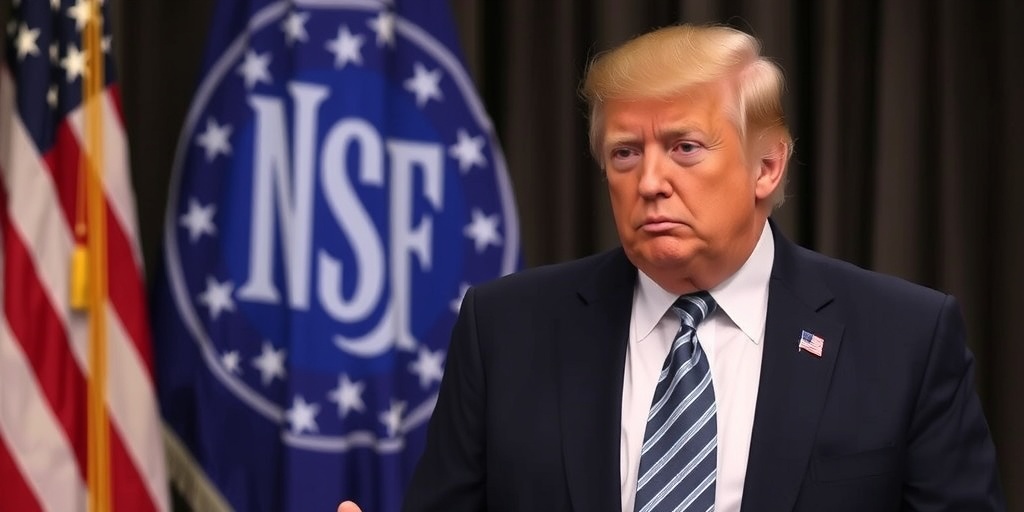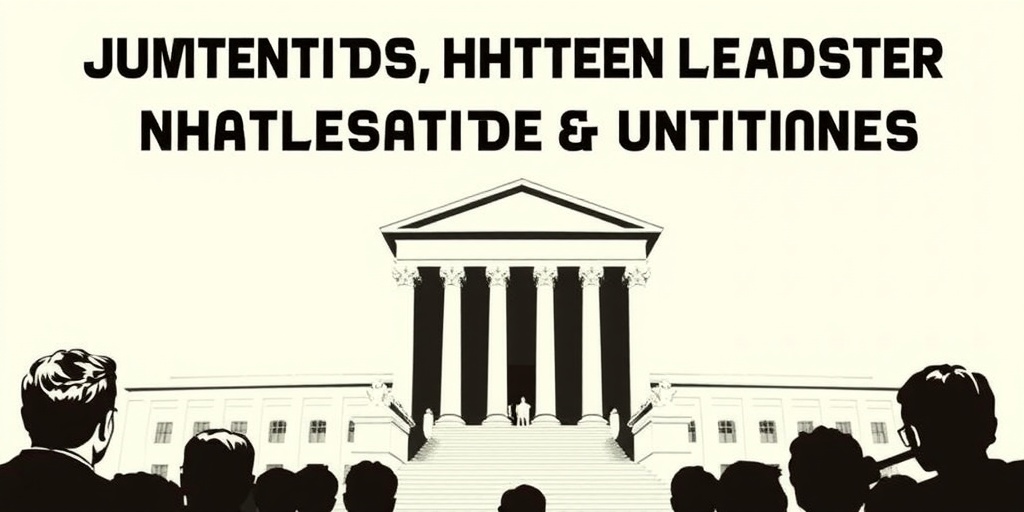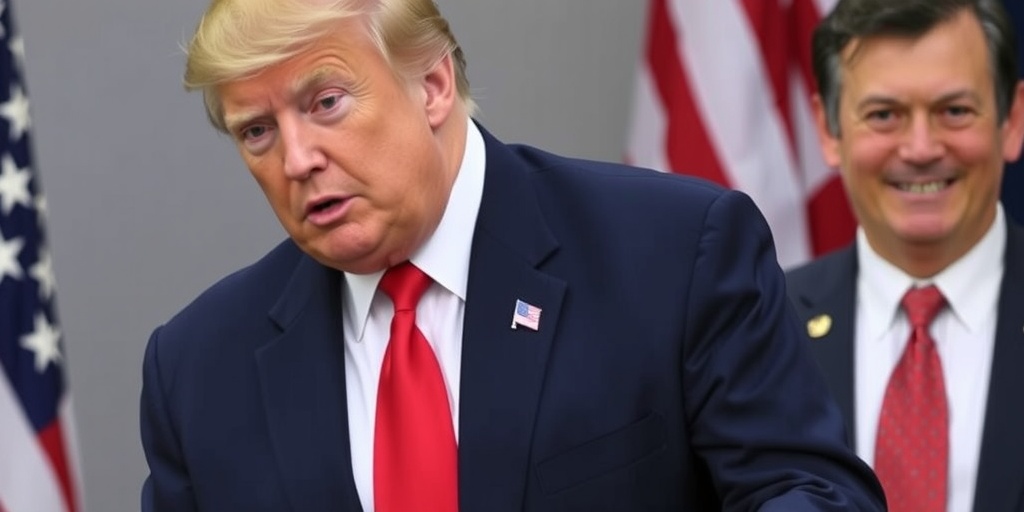Now Reading: Trump Orders NSF to Lay Off 168 Workers
-
01
Trump Orders NSF to Lay Off 168 Workers
Trump Orders NSF to Lay Off 168 Workers

Title: Trump Administration Implements Major Workforce Reductions Across Federal Agencies
In a significant move that has sent shockwaves through the scientific community, the Trump administration announced on Tuesday a workforce reduction exceeding 10 percent at the National Science Foundation (NSF), which plays a vital role in funding innovative scientific research throughout the United States. This decision is part of a broader initiative that has seen widespread layoffs of federal workers, particularly those on probationary status, beginning last week.
According to Michael England, a spokesperson for the NSF, the agency terminated 168 probationary employees amid its workforce of approximately 1,450 career staff members before the layoffs. "We thank these employees for their service to the NSF and their contributions to advance the agency mission," England stated, acknowledging the impact of these cuts on both the employees and the agency’s future endeavors.
This wave of layoffs follows an order issued by the Trump administration last week, mandating agencies to terminate a majority of the estimated 200,000 government workers currently on probation. As a result, various departments have witnessed substantial layoffs, with some letting go of over a thousand employees in one fell swoop. Other federal agencies, such as the Internal Revenue Service (IRS), are also ramping up preparations to lay off thousands of additional workers in the upcoming week.
The decision to cut probationary employees has raised eyebrows within the federal workforce, especially given that these individuals typically lack the same protections afforded to more established staff members. Probationary periods can last up to one year, with the possibility of extensions for certain positions, making these employees particularly vulnerable to sudden employment termination.
In recent days, the National Institutes of Health (NIH), another cornerstone of U.S. public research funding, has also experienced severe staffing reductions, with an estimated 1,200 employees dismissed over the weekend. This wave of cuts targeting scientists and public health officials has rattled the civil service, necessitating urgent discussions among stakeholders about the long-term implications for critical research funding and public health initiatives.
Both the NSF and the NIH are essential to the landscape of American public research. The NSF primarily supports non-medical scientific inquiries and has been instrumental in advancing research in various fields, including quantum computing, artificial intelligence, and the exploration of outer space, as well as the creation of new advanced materials for electronics.
The contributions made by the NSF are vast and varied, having financed pioneering initiatives that led to transformative inventions. Notable innovations such as the internet, smartphones, magnetic resonance imaging (MRI), LASIK eye surgery, and 3D printing all trace their roots to NSF-funded research. Additionally, advancements in kidney transplant procedures, the development of lithium-ion batteries, the creation of LED lights, and even the language-learning app Duolingo have all been made possible through NSF support.
The repercussions of these staffing cuts extend far beyond the affected employees. They threaten to disrupt ongoing research projects, the training of emerging scientists, and the overall health of the U.S. research ecosystem. As agencies like the NSF and NIH face unprecedented workforce reductions, there are growing concerns about the future of scientific innovation and the country’s ability to compete in a rapidly evolving global landscape.
As this situation develops, numerous stakeholders are left grappling with an uncertain future. The education and training of future scientists and researchers hang in the balance, as does the survival of long-term research projects that have been in progress for years. Advocacy for the protection and enhancement of federal research funding is more critical now than ever, as the implications of these cuts ripple through both the scientific community and the wider public.
In summary, the recent workforce reductions by the Trump administration have sparked a profound crisis in public research funding agencies. With organizations like the NSF and NIH facing substantial layoffs, the potential ramifications for scientific research, public health, and technological innovation are significant. The fight for the future of federal scientific support is ongoing, as the nation strives to navigate these turbulent times in government employment dynamics.
Stay Informed With the Latest & Most Important News
Previous Post
Next Post
-
 01New technology breakthrough has everyone talking right now
01New technology breakthrough has everyone talking right now -
 02Unbelievable life hack everyone needs to try today
02Unbelievable life hack everyone needs to try today -
 03Fascinating discovery found buried deep beneath the ocean
03Fascinating discovery found buried deep beneath the ocean -
 04Man invents genius device that solves everyday problems
04Man invents genius device that solves everyday problems -
 05Shocking discovery that changes what we know forever
05Shocking discovery that changes what we know forever -
 06Internet goes wild over celebrity’s unexpected fashion choice
06Internet goes wild over celebrity’s unexpected fashion choice -
 07Rare animal sighting stuns scientists and wildlife lovers
07Rare animal sighting stuns scientists and wildlife lovers





















